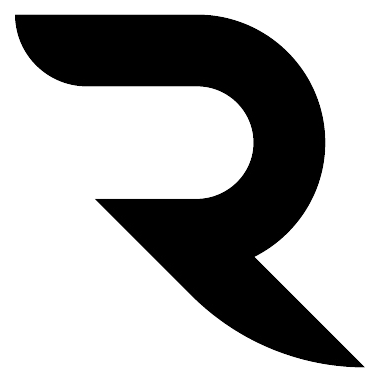What is Askja made of?
The massif is mainly composed of subglacial pillow lavas, lava flows, and hyaloclastites, with a broad summit truncated by three overlapping calderas. Much of the Holocene activity has been focused at and around this central massif, but the Askja volcanic system includes fissure swarms extending 170 km N.
How old is the Askja volcano?
200,000 years old
It is perhaps 200,000 years old, and for 80% or more of its life has been covered by ice age glaciers. Almost all of its eruptions were subglacial: Askja is an ice-age volcano. Effusive eruptions underneath a thick glacier form hyaloclastites and indeed much of the area around Askja’s caldera is covered in these.
When was the last time askja erupt?
| Askja | |
|---|---|
| Parent range | Dyngjufjöll |
| Geology | |
| Mountain type | caldera |
| Last eruption | October to December 1961 |
Will askja erupt?
No indication of an imminent eruption There are currently no indications that an eruption is imminent. The Askja volcano is seismically active and earthquakes are regularly detected in the area.
What is askja famous for?
Askja is a caldera in the central Highlands of Iceland, just north of Vatnajökull glacier. It is best known for its dramatic eruptions, as well as the training grounds for Apollo astronauts because of its otherworldly, lunar landscapes.
How do you pronounce Askja?
- Phonetic spelling of Askja. ask-ja. ahsk-yah.
- Meanings for Askja.
- Examples of in a sentence.
- Translations of Askja. Russian : Аскья Turkish : İçin trafik askja.
What is the history of Askja?
The area was used by NASA during training for the Apollo program to prepare astronauts for the lunar missions. Their main objective in Askja was to study geology. The Astronaut Monument in Húsavík lists the 32 astronauts who participated. Askja was virtually unknown until the tremendous eruption which started on March 29, 1875.
What happened during the 1875 Askja eruption?
A) Simpli fi ed cartoon of the syn-eruptive groundwater fl ow dynamics during the March 1875 Askja eruption. The grey colour shows the areas of the lava pile water does not occur. The ring fault that separates the lava pile and the hyaloclastic rocks is depicted by a black line. There are four distinct phases during the eruption:
Is Askja still active?
Askja is still active, and its base is still gradually sinking. This unique natural phenomenon is certainly alive and kicking, and it will continue to remind people from time to time that Iceland is still in a state of formation. The lower slopes of Askja are covered with rough aa lava.
What happened in the sveinagjá Graben in 1875?
Remember that this was before the large explosions in March, and the large new crater had not yet formed. On February 18, 1875, activity suddenly moved far north, to the area where the earthquake activity of December and January may have been focussed. A rift eruption now occurred in the Sveinagjá graben with actual lava.
